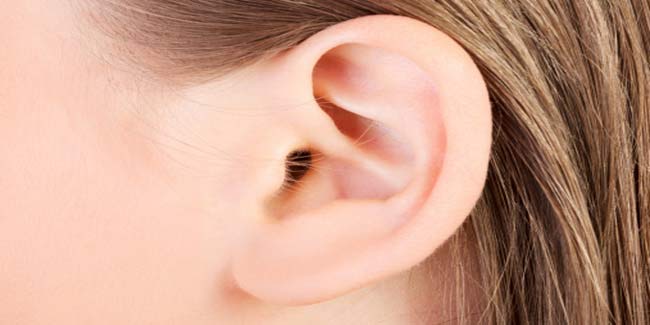
The eardrum is a thin membrane that separates your ear canal (the part that is open to the outside) from your middle ear. The eardrum, also called the tympanic membrane, is involved in hearing. Sound waves cause your eardrum to vibrate.
Table of Content:-

The eardrum is delicate and can be torn (perforated) easily, most often by an infection of the middle ear (otitis media) but also by other types of trauma, including:
- Inserting an object, such as a cotton swab or toothpick, too far into the ear
- A very loud noise, such as an explosion
- Trauma to the head, such as a skull fracture
- A blow to the ear
Trauma to the ear caused by changes in air pressure (barotraumas), such as during a plane flight or scuba diving
Treatment
If the hole is small, your doctor may allow it to heal on its own, and may have you take antibiotics to prevent infection while the eardrum heals. Keep water out of the injured ear, and avoid blowing your nose, which can cause pressure changes in the ear and disrupt healing.
Some holes may be patched in the office of an otolaryngologist (ear, nose and throat doctor). A thin paper patch is placed over your eardrum in combination with a chemical that encourages the eardrum to heal.
If your eardrum has not healed after two months, your doctor may recommend a surgery called tympanoplasty, which involves using tissue from another area to patch the eardrum. This is usually an outpatient procedure and has a high success rate.
While your ear is healing from the surgery, keep your ear dry by using cotton balls covered with Vaseline to protect your eardrum from water during showers or baths. Also, avoid blowing your nose, which can damage the healing tissue. Warm compresses, such as a warm, damp washcloth, or a heating pad can relieve some discomfort. Your doctor also may prescribe pain-relieving medication or recommend that you use over-the-counter pain medications.
How we keep this article up to date:
We work with experts and keep a close eye on the latest in health and wellness. Whenever there is a new research or helpful information, we update our articles with accurate and useful advice.
Current Version